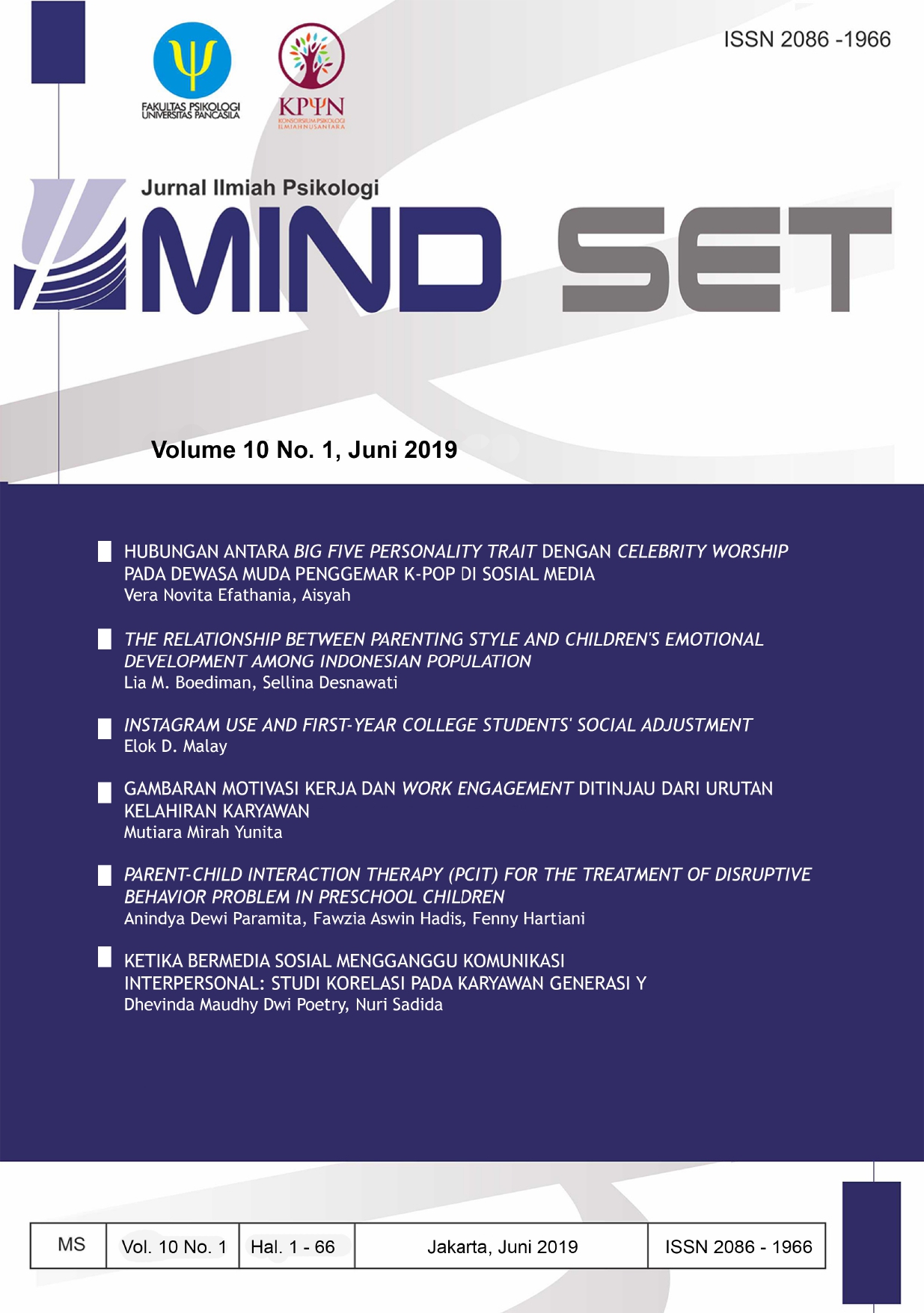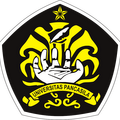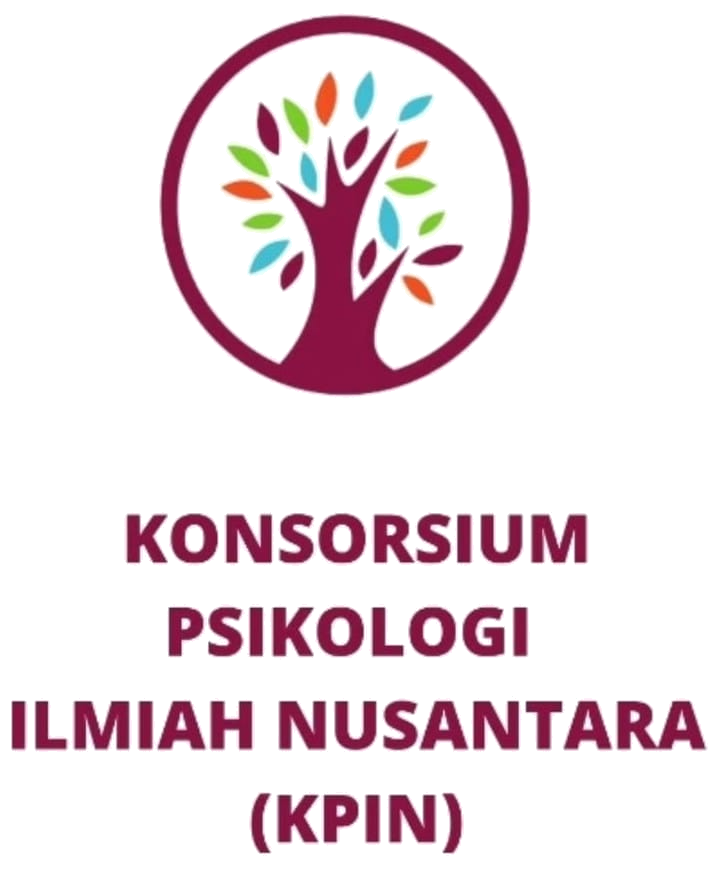Instagram Use and First-Year College Students' Social Adjustment
DOI:
https://doi.org/10.35814/mindset.v10i01.736Keywords:
college student, instagram use, social adjustment, social mediaAbstract
Despite many research on the relation between social media and college students, the results are still varied. Moreover, a study that focuses on patterns of social media use is still limited, especially in Indonesia. Therefore, this study tested the relationship between patterns of Instagram (IG)-a popular social media in Indonesia-use and social adjustment of the first-year college students. This correlational study involved 137 college students in Jakarta Greater Area. Data were gathered using The Instagram Perceived Use Scale and The Social Adjustment subscale of The Student Adaptation to College Questionnaire (SACQ). The multiple regression statistical analysis showed that among four patterns of IG use, only three patterns related to the freshmen' social adjustment. They were the pattern of maintaining a social connection (MSC), sharing and seeking personal information (SSPI), and gaming (GAME). Furthermore, MSC was the only significant predictor to college freshmen's social adjustment. Meanwhile, there was no correlation between social adjustment and using IG for pursuing social romantic or sexual relationships (PRSR). In conclusion, IG use could significantly predict first-year college students' social adjustment as long as the usage is intended to maintain their social connections.
References
Albarran, A. B. (2013). In the social media industries. A.B. Albarran (Ed.). New York, NY:Routledge. Arnett, J. J. (2000). Emerging adulthood: A theory of development from the late teens through the twenties. American psychologist, 55(5), 469-480. Doi:10.1037//0003-066X.55.5.469.
Asosiasi Penyelenggara Jasa Internet Indonesia (Indonesia Internet Service Provider Association/IISPA). (2016, November). Penetrasi & perilaku pengguna internet Indonesia (Penetration & behavior of Indonesia internet users). Retrieved from https://apjii.or.id/content/read/39/264/ Survei-Internet-APJII-2016.
Baker, R. W., & Siryk, B. (1984). Measuring adjustment to college. Journal of Counseling Psychology, 31(2), 179-189. Doi:10.1037/0022-0167.31.2.179.
Baker, R. W., & Siryk, B. (1986). Exploratory intervention with a scale measuring adjustment to college. Journal of Counseling Psychology, 33(1), 31-38. http://dx.doi.org/10.1037/00220167.33.1.31.
Baker, R. W., & Siryk, B. (1999). Student Adaptation to College Questionnaire Manual. USA: Western Psychological Services.
Bowman, N.A. (2010). The development of psychological well-being among first-year college students. Journal of College Students Department, 51(2), 180-200. Retrieved from https://muse.jhu.edu.
Buote, V. M., Pancer, S. M., Pratt, M. W., Adams, G., Birnie-Lefcovitch, S., Polivy, J., & Wintre M. G. (2007). The importance of friends: Friendship and adjustment among 1st-year university students. Journal of Adolescent Research, 22(6), 665-689. doi:10.1177/0743558407306344
Chemers, M.M., Hu, L., & Garcia, B.F. (2001). Academic self-efficacy and first-year college student performance and adjustment. Journal of Educational Psychology, 93(1), 55-64. http://dx.doi.org/10.1037//00220663.93.1.55.
Clement, J. (2019). Leading countries based on number of Instagram users as of July 2019. Statista. Retrieved from https://www.statista.com/statistics/578364 /countries-with-most-instagram-users
DeAndrea, D. C., Ellison, N. B., LaRose, R., Steinfield, C., & Fiore, A. (2012). Serious social media: On the use of social media for improving students' adjustment to college. The Internet and higher education, 15(1), 15-23. https://doi.org/10.1016/j.iheduc.2011.05 .009.
Ellison, N.B., Steinfield, C., & Lampe, C. (2007). The Benefits of Facebook “Friends:” Social Capital and College Students’ Use of Online Social Network Sites. Journal of Computer-Mediated Communication, 12 (4), 11431168. https://doi.org/10.1111/j.10836101.2007.00367.x.
Enochs, W. K., & Roland, C. B. (2006). Social adjustment of college freshmen: The importance of gender and living environment. College Student Journal, 40(1), 63-74.
Fischer, M. J. (2007). Settling into campus life: differences by race/ethnicity in college involvement and outcomes. The Journal of Higher Education, 78(2), 125–156.
Friedlander, L. J., Reid, G. J., Shupak, N., & Cribbie, R. (2007). Social support, self-esteem, and stress as predictors of adjustment to university among first-year undergraduates. Journal of college student development, 48(3), 259-274. DOI:10.1353/csd.2007.0024
Gall, T. L., Evans, D. R., & Bellerose, S. (2000). Transition to first-year university: Patterns of change in adjustment across life domains and time. Journal of Social and Clinical Psychology, 19(4), 544-567. DOI:10.1521/jscp.2000.19.4.544
Gerdes, H., & Mallinckrodt, B. (1994). Emotional, social, and academic adjustment of college students: a longitudinal study of retention. Journal of Counseling & Development, 72, 281288.
Gray, R., Vitak, J., Easton, E. W., & Ellison, N. B. (2013). Examining social adjustment to college in the age of social media: Factors influencing successful transitions and persistence. Computers & Education, 67, 193-207. doi:10.1016/j.compedu.2013.02.021
Hirai, R., Frazier, P., & Syed, M. (2015). Psychological and sociocultural adjustment of first-year international students: trajectories and predictors. Journal of Counseling Psychology, 62(3), 438-452.
Hu, Y., Manikonda, L., & Kambhampati, S. (2014). What we Instagram: A first analysis of instagram photo content and user types. Proceedings of the Eighth International AAAI Conference on Weblogs and Social Media, 595-598. Retrieved from http://www.public.asu.edu/~lmanikon/ic wsm2014.pdf
Junco, R. (2011). The relationship between frequency of Facebook use, participation in Facebook activities, and student engagement. Computers & Education, 58, 162-171.
Kalpidou, M., Costin, D., & Morris, J. (2011). The relationship between Facebook and the well-being of undergraduate college students. CyberPsychology, behavior, and social networking, 14(4), 183-189. DOI: 10.1089/cyber.2010.0061
Kaplan, A. M., & Haenlein, M. (2010). Users of the world, unite! The challenges and opportunities of social media. Business Horizons, 53(1), 59-68. DOI:10.1016/j.bushor.2009.09.003
Katz, S., & Somers, C. L. (2017). Individual and environmental predictors of college adjustment: Prevention and intervention: Research and reviews research and reviews. Current Psychology, 36(1), 5665. doi:http://dx.doi.org/10.1007/s12144015-9384-0
Kross, E., Verduyn, P., Demiralp, E., Park, J., Lee, D.S., Lin, N., Shablack, H., Jonides, J., & Ybarra, O. (2013). Facebook Use Predicts Declines in Subjective Wellbeing in Young Adults. PLoS ONE 8(8): e69841. DOI:10.1371/journal.pone.0069841
Pertiwi, W.K. (2019, February 5). Facebook jadi medsos paling digemari di Indonesia. Kompas.com. Retrieved from tekno.kompas.com.
Rifameutia, T & Malay, E. D. (2016). SACQ untuk mengukur penyesuaian diri mahasiswa terhadap kampus (SACQ to measure college students’ adjustment to their campus). Unpublished manuscript.
Swenson, L. M., Nordstrom, A., & Hiester, M. (2008). The role of peer relationships in adjustment to college. Journal of College Student Development, 49(6), 551-567. Doi: 10.1353/csd.0.0038.
Ting, H., Ming, W. W. P., Run, E. C. D., & Choo, S. L. Y. (2015). Beliefs about the use of instagram: An exploratory study. International Journal of Business and Innovation, 2(2), 15-31.
Tinto, V. (1993). Leaving college: Rethinking the causes and cures of student attrition (2nd ed.). Chicago: University of Chicago Press.
Wohn, D. Y., & LaRose, R. (2014). Effects of loneliness and differential usage of Facebook on college adjustment of first-year students. Computers & Education, 76, 158-167.
Yang, C. & Brown, B. B. (2015). Factors involved in associations between facebook use and college adjustment: Social competence, perceived usefulness, and use patterns. Computers in Human Behavior, 46, 245-253. doi:10.1016/j.chb.2015.01.015
Yazedjian, A., Toews, M. L., & Navarro, A. (2009). Exploring parental factors, adjustment, and academic achievement among White and Hispanic college students. Journal of College Student Development, 50(4), 458-467. http://dx.doi.org/10.1353/csd.0.0080












